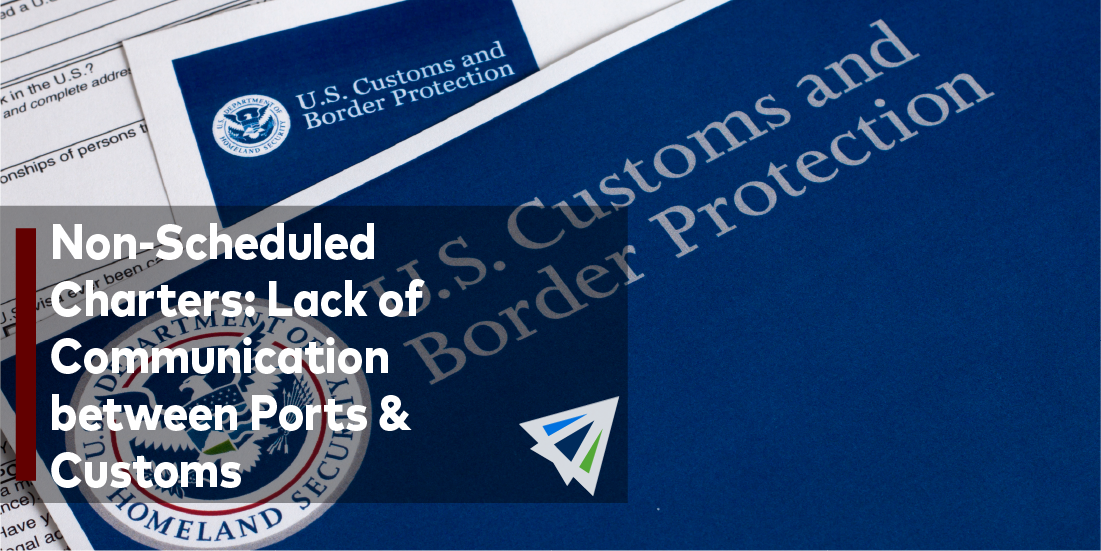Things haven’t been going too well at San Pedro Bay in the last few months. And recent news has it that the port is struggling due to a lack of communication between the ports of Southern California and U.S. Customs. But before we dive into exactly what’s going on, here’s a little bit of an overview on how imports to the United States are regulated by Customs, and what the relationship looks like between them and U.S. ports.
Traditional Port-to-Customs Process
When a vessel is coming to the U.S., we only require that we are given 96 hours notice of its arrival. As you may notice, vessels take a lot longer to ship from China to the U.S. than 96 hours, so yes, this does mean that several vessel agents are working in China to coordinate the transport of container ships without a guarantee that there is space at destination.
The issues with recent delays come as a result of issues with CBP workers and the Automated Manifest System (AMS). CBP law states the AMS must be filed with U.S. Customs a minimum of 24 hours before the container ship leaves its port of loading. So with the above information you can understand that when Customs receives AMS from the vessel agent and notifies the appropriate U.S. port, the port is notified weeks in advance to the arrival of the vessel, and then the vessel notifies the port 96 hours before they are going to arrive.
Communication Issues: New Maritime Agents
This system works like a well-oiled machine… when everybody communicates. And unfortunately, that hasn’t been the case in recent months. New maritime agents are being hired who don’t have the same established relationships with the terminals, causing massive communication mishaps that result in severe delays and congestion at ports.
These maritime agents are usually responsible for arranging berth availability, as well as port and dray services. Since these new employees don’t have established relationships with the terminals, they are instead notifying the ports just hours before arrival, forcing ports to only take them in when they are able to. And the wait times are brutal. Some vessels have been anchored for over a month at this point.
At Long Beach, there are 5 unscheduled vessels holding 16,000 TEUs awaiting docking and unloading. It’s expected these vessels could wait for a month – even up to 39 days – before being docked and unloaded.
These issues are only going to be fixed through addressing communication gaps between Customs and terminals at ports, and through intense strategic port planning. The shipping industry will continue to suffer and subsequently affect all other import industries as long as these issues remain unresolved.
The containers being imported contain a variety of items, but some of the most time-sensitive are Christmas inventory items such as sweaters, lights, décor, fireplaces, toys, and other seasonal household items.
Unfortunately, amidst the congestion, companies are still responsible for scrambling to get their cargo out of the ports ASAP to stay within the timeline boundaries of the new long-dwell restrictions for container dwell time.
